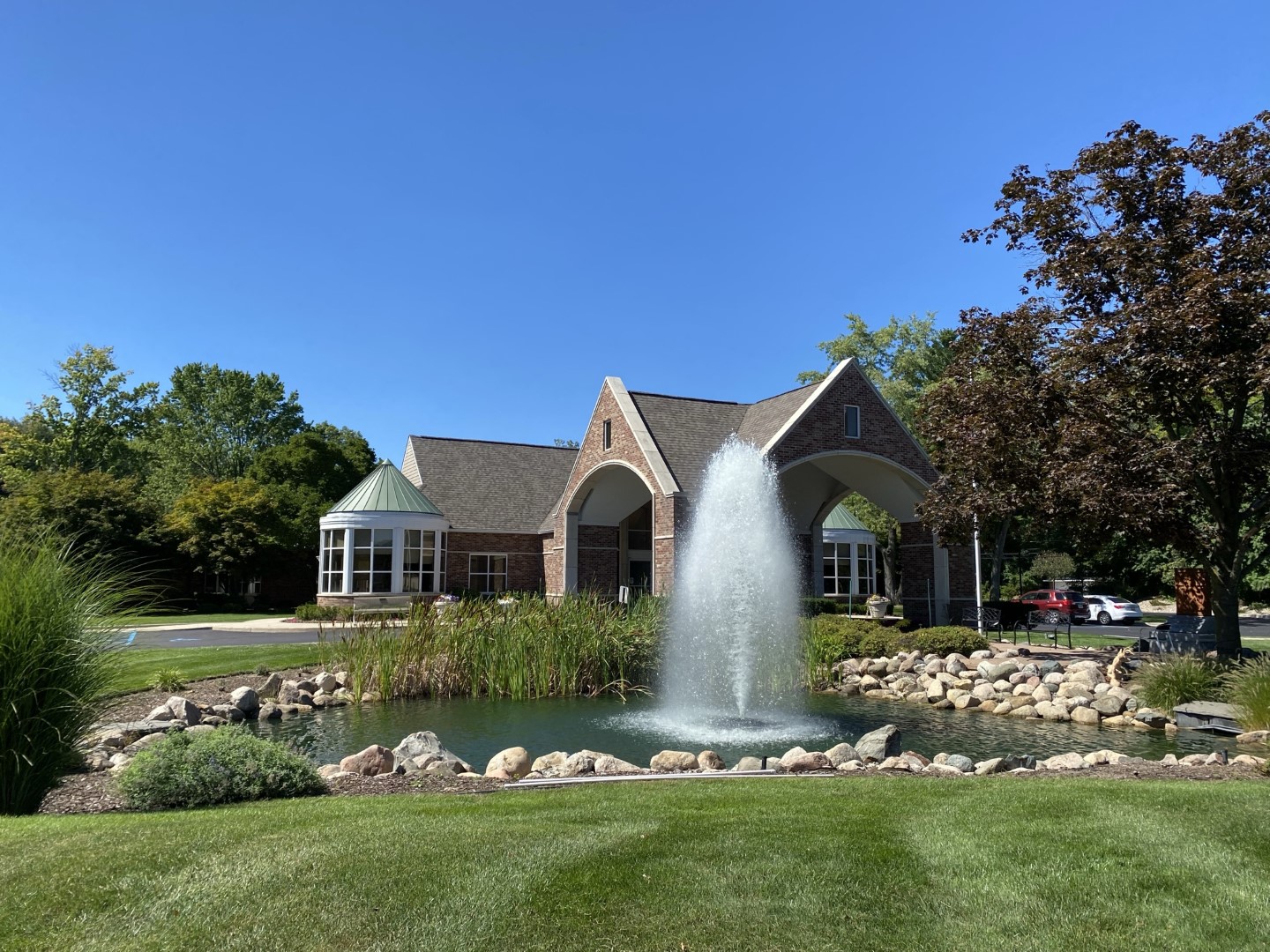Transitioning a loved one into an assisted living community is a significant step, often accompanied by a mix of emotions. Families want to ensure that their senior relatives are not only well cared for but also feel safe, comfortable, and at home in their new environment. Creating a sense of safety and comfort is essential to help seniors adjust to assisted living, and it plays a crucial role in their overall well-being and happiness. As families navigate this transition, there are several steps they can take to ensure that their loved ones thrive in their new surroundings. This article offers practical tips and advice for families on how to create a safe and comfortable environment for seniors in an assisted living setting.
Tips for Creating a Safe and Comfortable Environment for Seniors in Assisted Living
-
Personalize Their Living Space
One of the most effective ways to help a senior feel at home in an assisted living community is to personalize their living space. Bringing familiar items from home, such as favorite furniture, photos, and decorations, can make the new environment feel more like their own. For example, hanging family pictures on the walls or placing a beloved armchair in the room can provide comfort and a sense of continuity. Personalizing the space helps seniors maintain their identity and creates a comforting atmosphere that feels like home.
-
Encourage Familiar Routines
Maintaining familiar routines is another key aspect of helping seniors feel safe and comfortable in their new environment. Routines provide a sense of stability and predictability, which is especially important during times of change. For instance, if your loved one has a habit of reading the newspaper every morning with a cup of tea, ensure they can continue this routine in their new setting. Encouraging these familiar activities can help ease the transition and make the assisted living environment feel more like home.
-
Stay Involved in Their Care
Family involvement is crucial in helping seniors feel secure in an assisted living community. Regular visits, phone calls, and participation in care planning can reassure your loved one that they are not alone and that their needs are being met. For example, attending care conferences and communicating regularly with the staff shows your loved one that you are still an active part of their life. This involvement not only helps your loved one feel more comfortable but also allows you to stay informed about their care and well-being.
-
Ensure the Environment is Physically Safe
Safety is a top priority in assisted living, but there are additional steps families can take to ensure their loved one’s environment is as safe as possible. Assess the living space for potential hazards, such as loose rugs, poor lighting, or furniture that may obstruct walkways. For example, you might work with the staff to install grab bars in the bathroom or ensure that your loved one’s room is equipped with nightlights. These small adjustments can prevent accidents and make the environment safer and more comfortable for your loved one.
-
Foster Social Connections
Feeling connected to others is vital for a senior’s emotional well-being. Encourage your loved one to participate in social activities offered by the assisted living community. These activities provide opportunities to meet new people, make friends, and feel a part of the community. For instance, if your loved one enjoys playing cards, suggest they join a bridge club or attend game nights. Social connections help combat loneliness and create a supportive network within the community, making the environment feel more welcoming and home-like.
-
Address Emotional Needs
Moving to an assisted living community can be an emotional experience for seniors. It’s important to acknowledge and address these emotions to help them feel more comfortable. Listen to your loved one’s concerns, offer reassurance, and provide emotional support during the transition. For example, if your loved one expresses anxiety about the move, take the time to talk through their feelings and offer comforting words. Addressing emotional needs helps create a sense of security and ease, which is essential for their overall comfort.
-
Work with Staff to Provide Consistent Care
Consistency in care is essential for seniors to feel safe and comfortable. Establishing a good relationship with the assisted living staff ensures that your loved one’s needs and preferences are understood and respected. For example, communicate any special dietary needs or preferences to the staff, and discuss your loved one’s daily routine so that it can be maintained as closely as possible. Collaborating with the staff helps create a consistent and predictable environment, which is crucial for your loved one’s sense of security.
Creating a safe and comfortable environment for seniors in an assisted living community is a collaborative effort that involves both the family and the assisted living staff. By personalizing their living space, encouraging familiar routines, staying involved in their care, ensuring physical safety, fostering social connections, addressing emotional needs, and working closely with staff, families can help their loved ones feel at home in their new surroundings. These steps not only make the transition smoother but also contribute to the overall well-being and happiness of seniors, allowing them to thrive in their new environment. As you support your loved one through this transition, remember that creating a space where they feel safe and comfortable is key to their ongoing happiness and quality of life.





